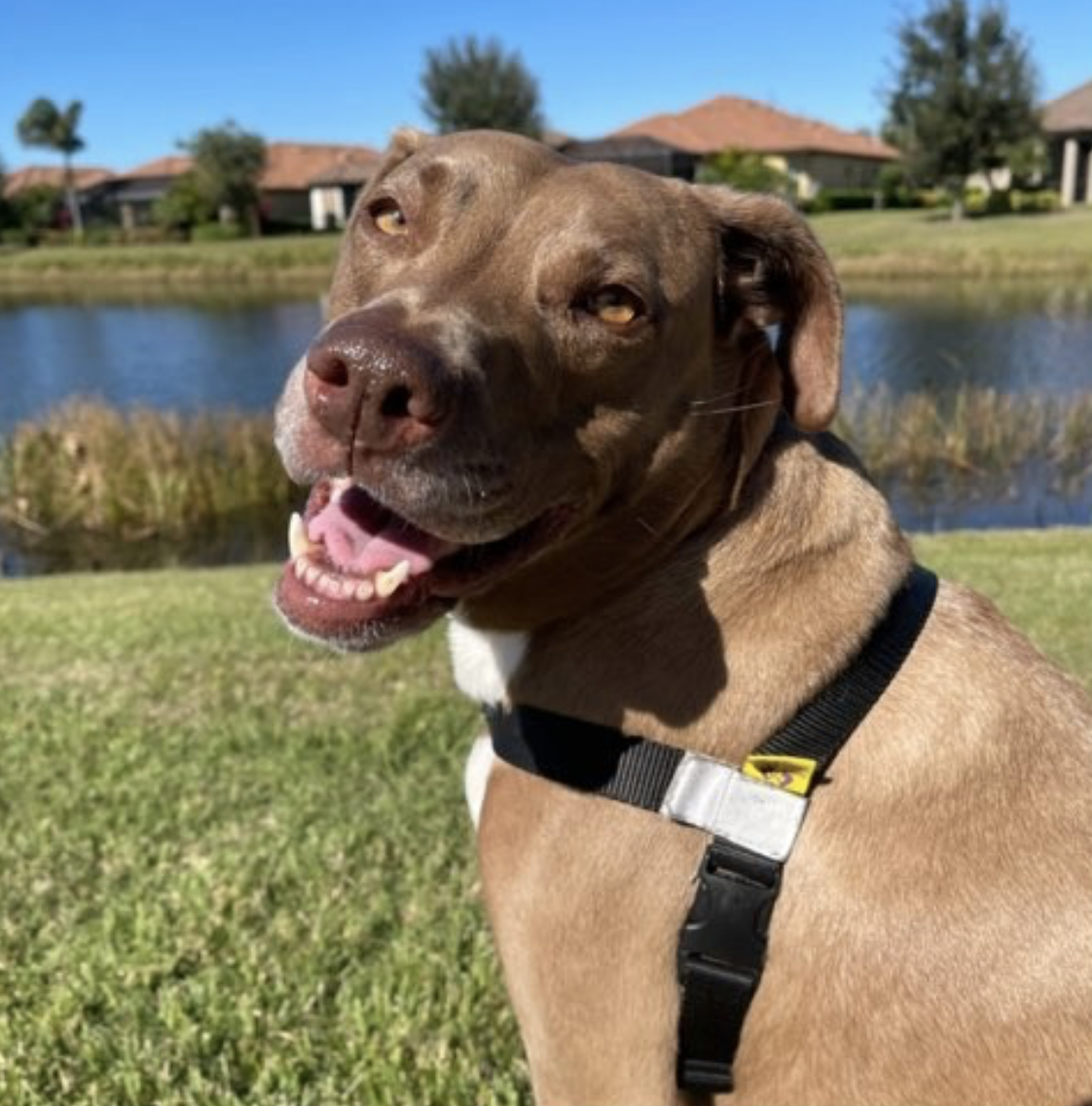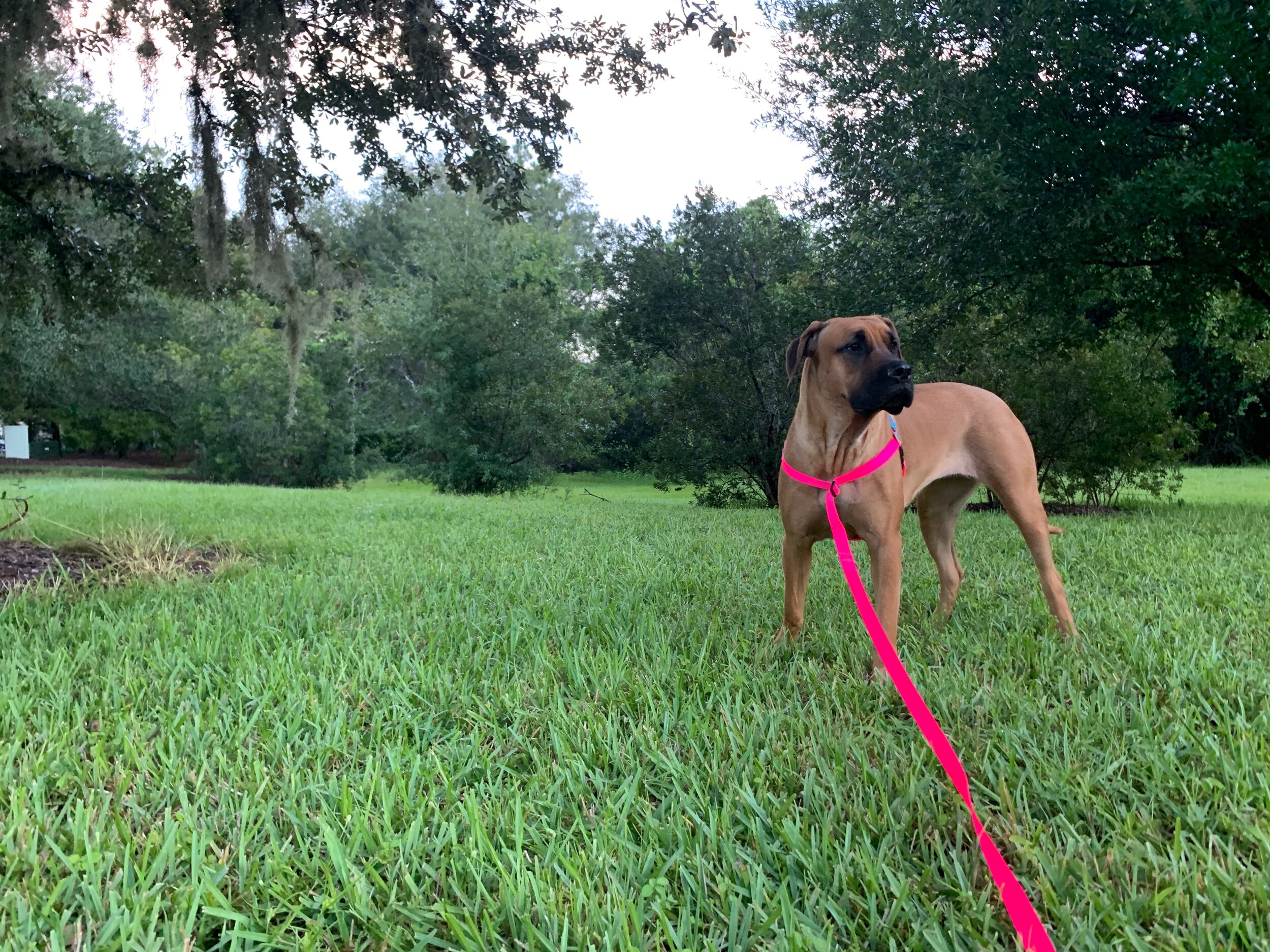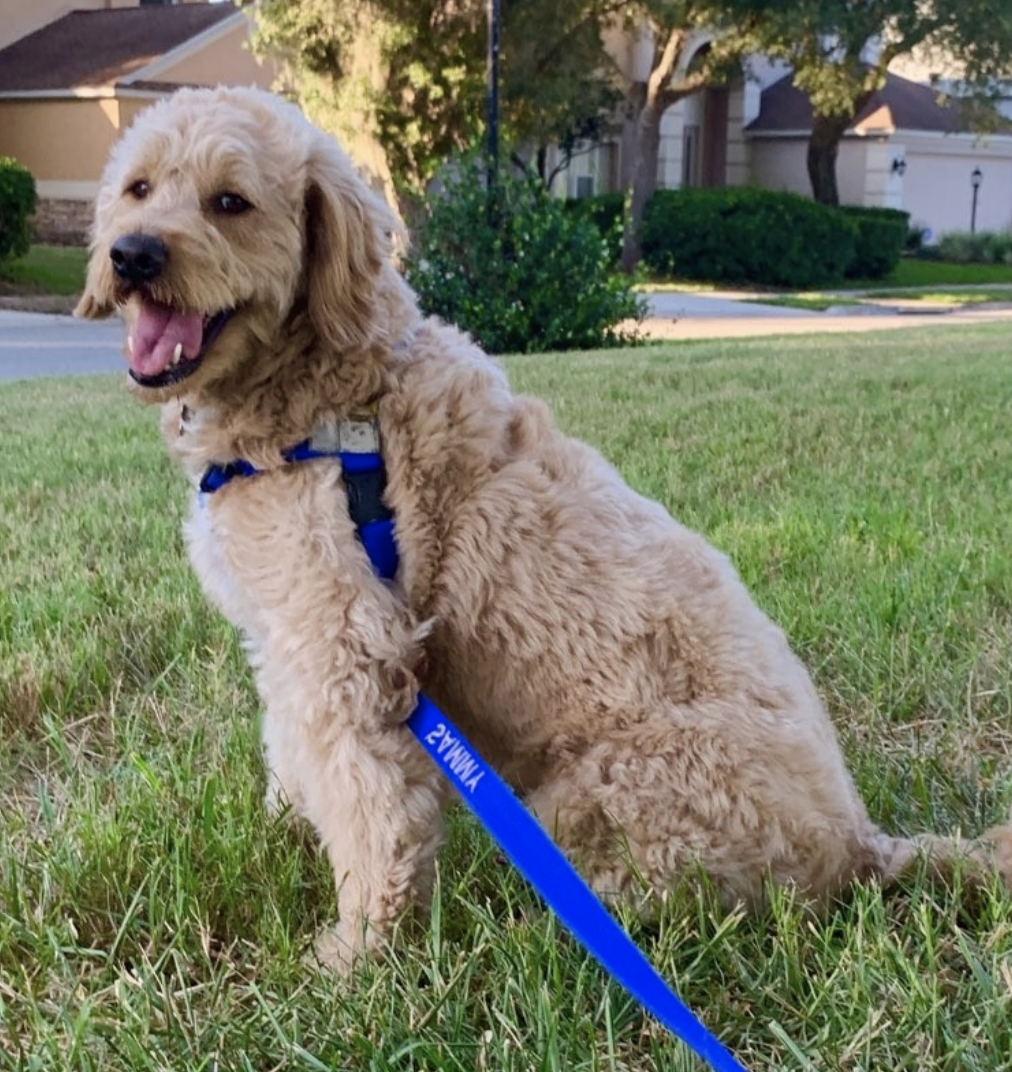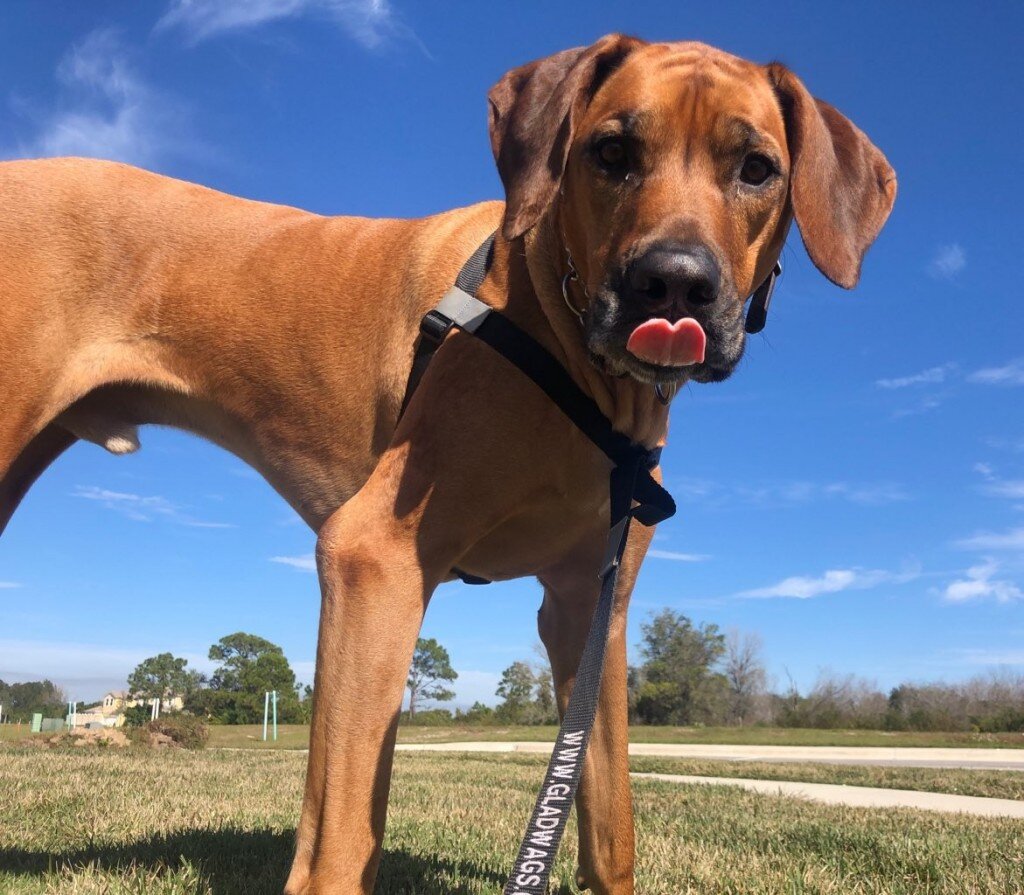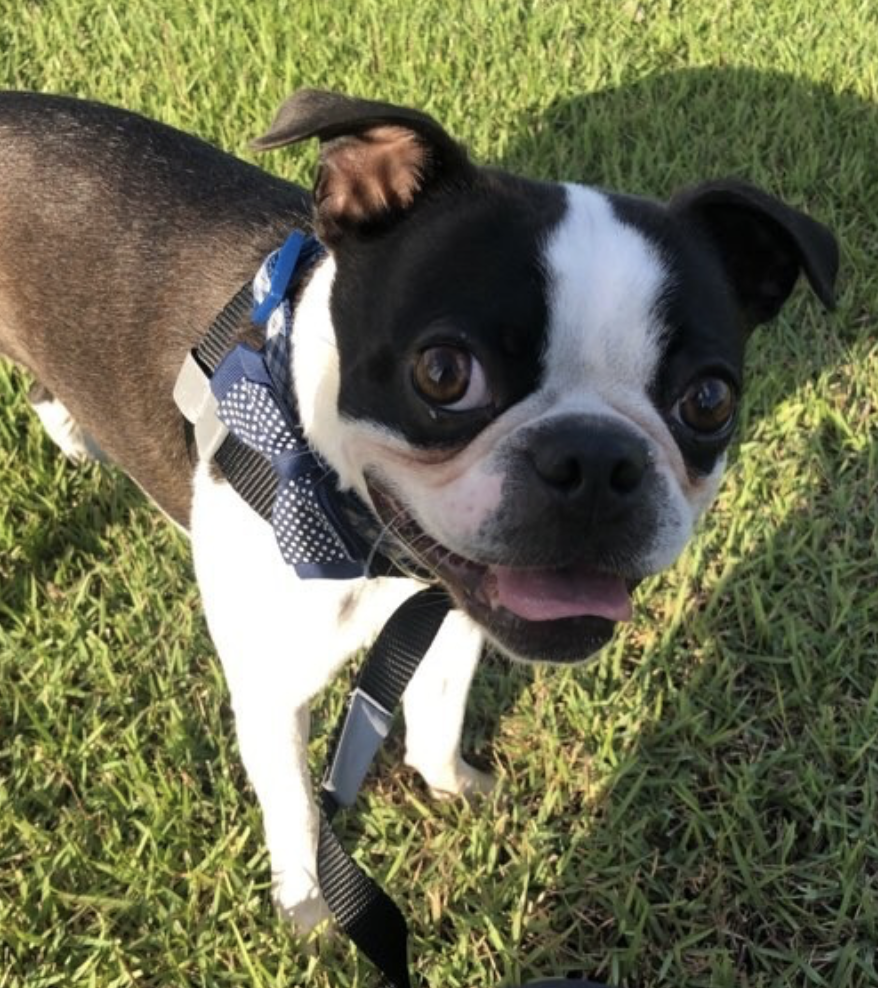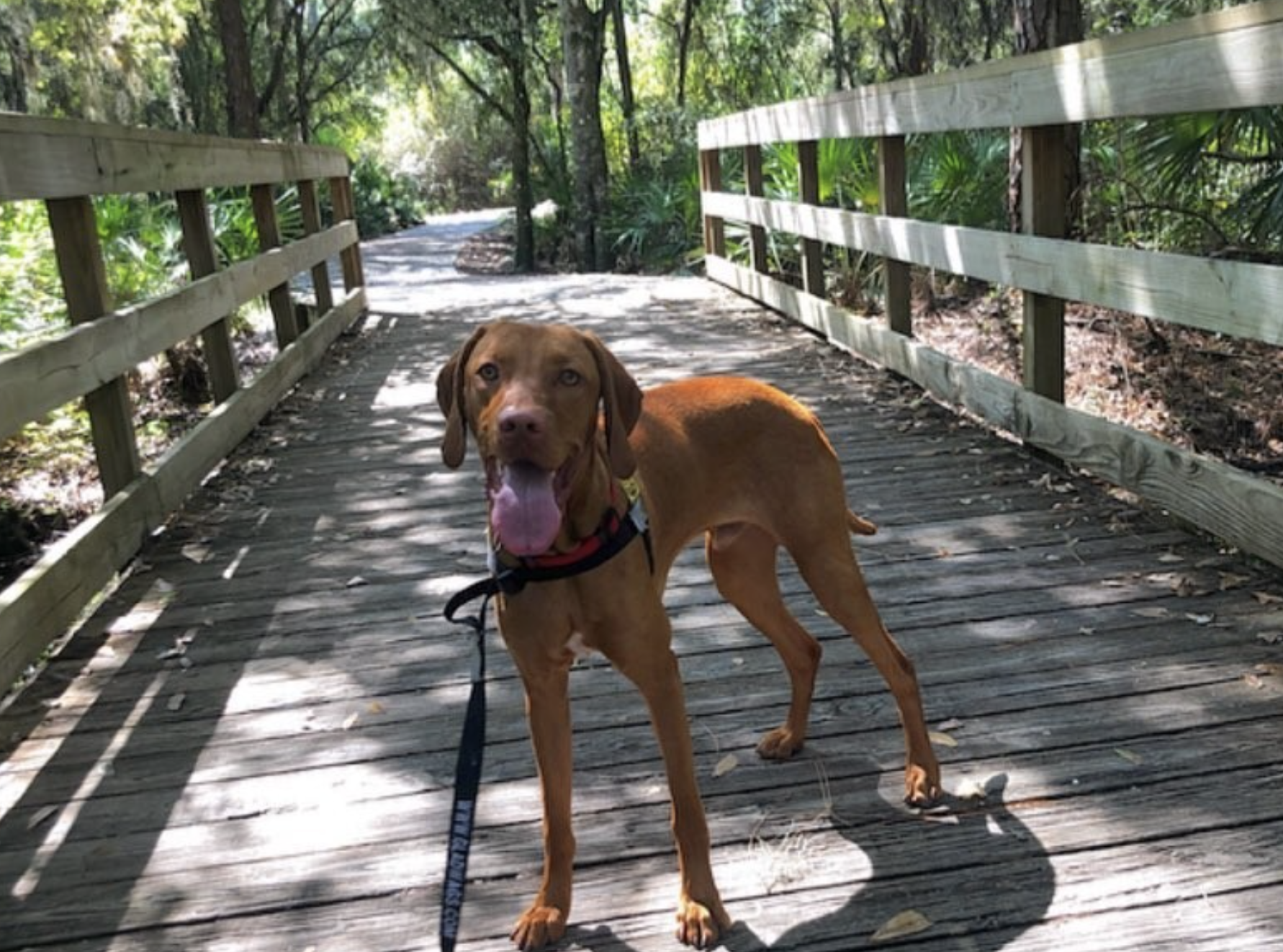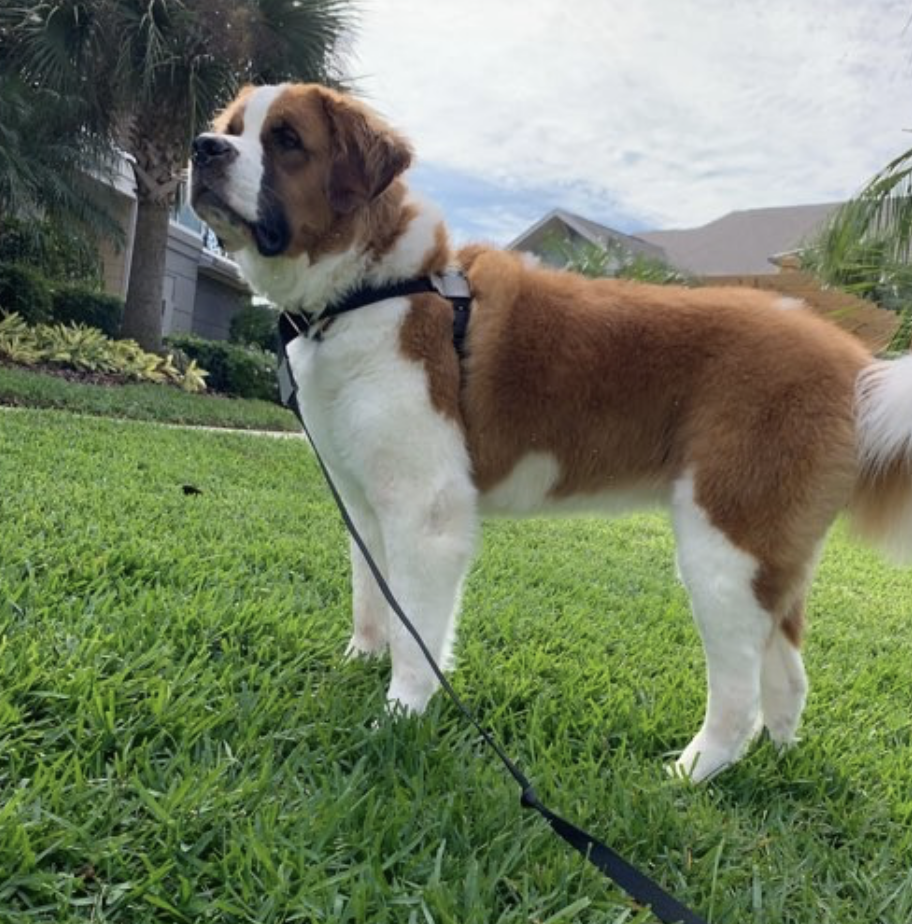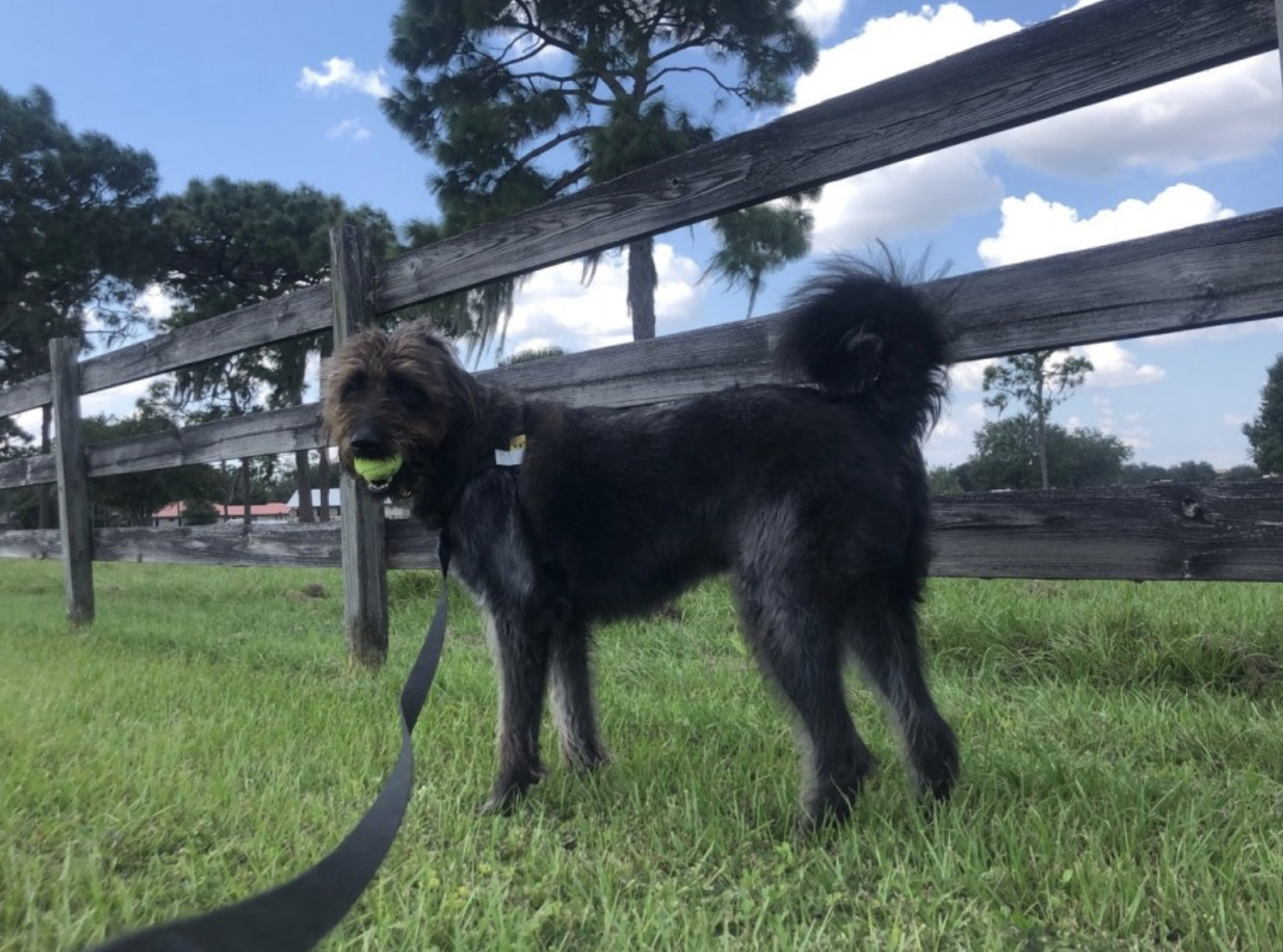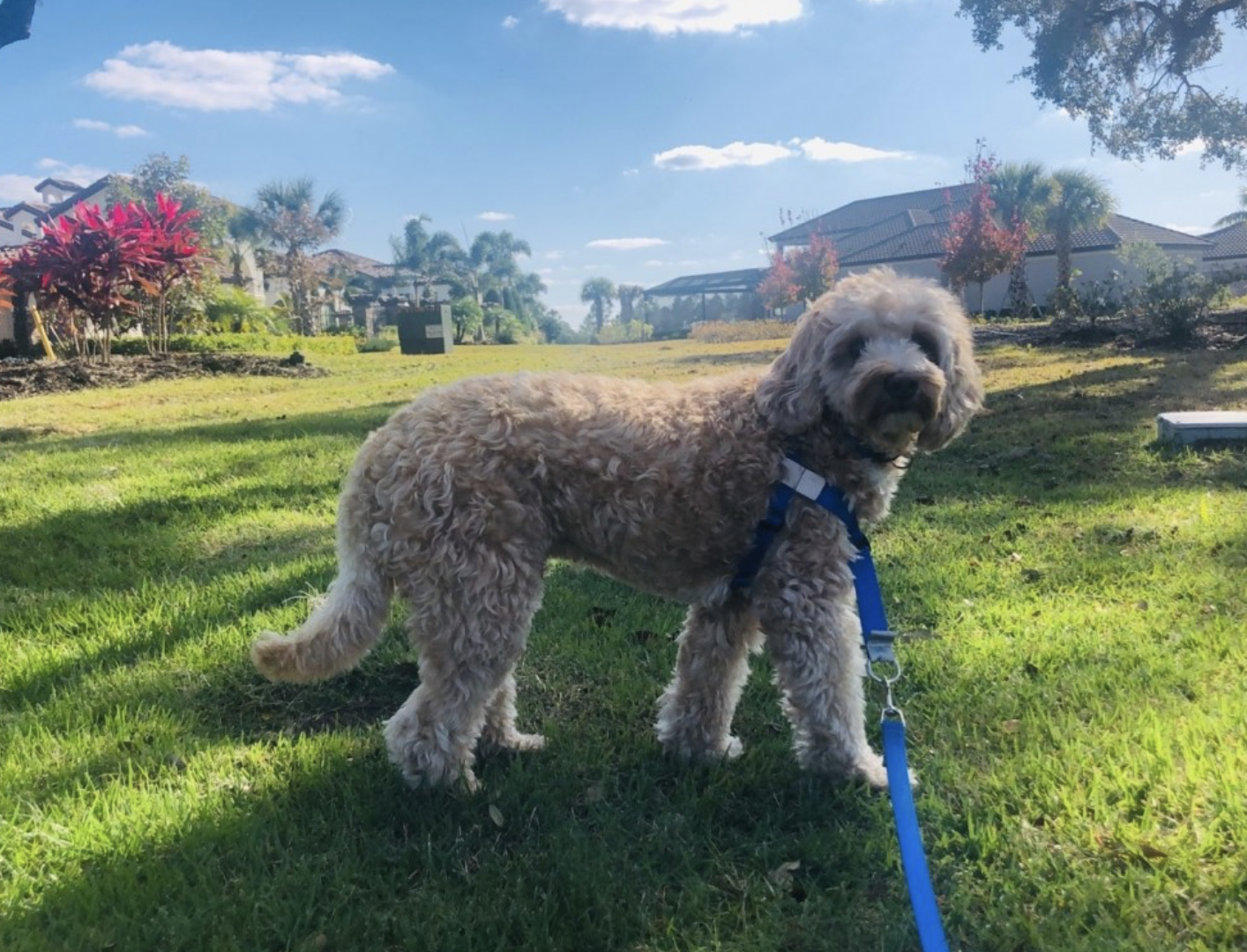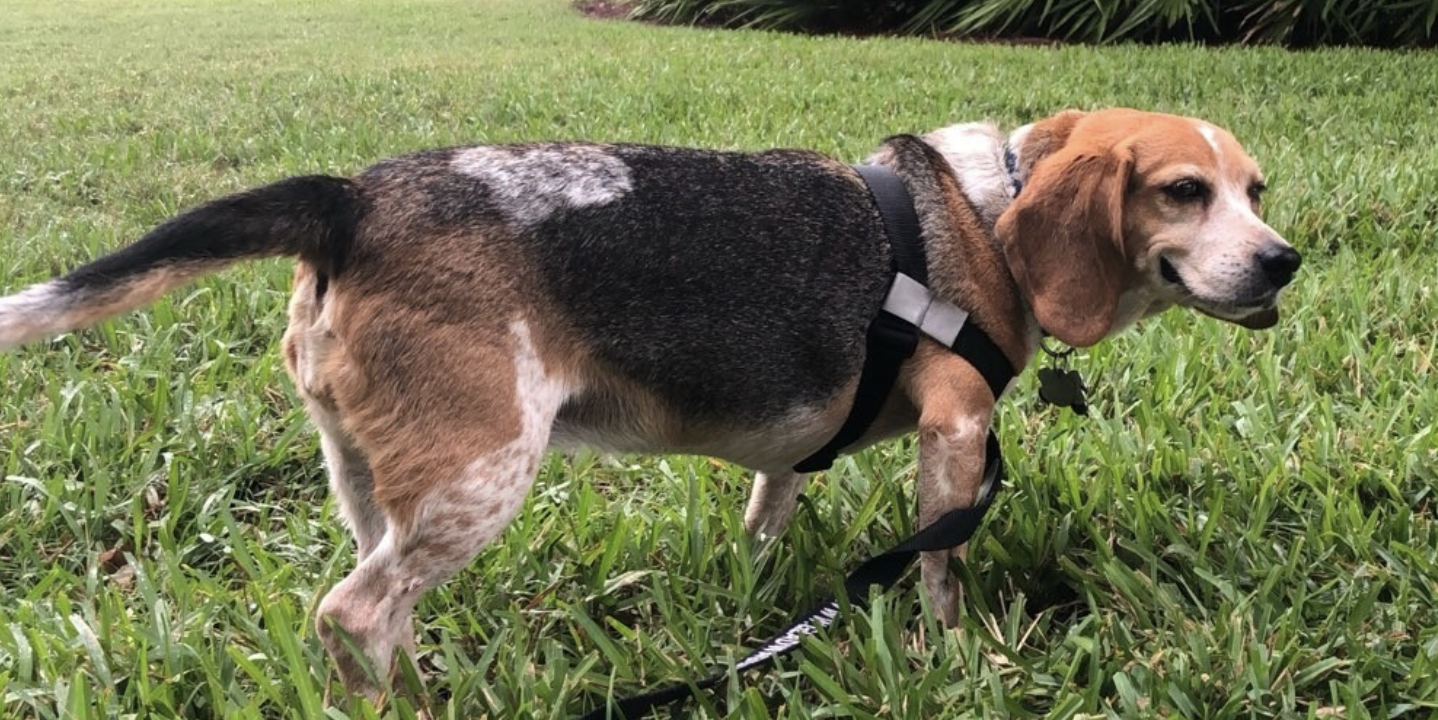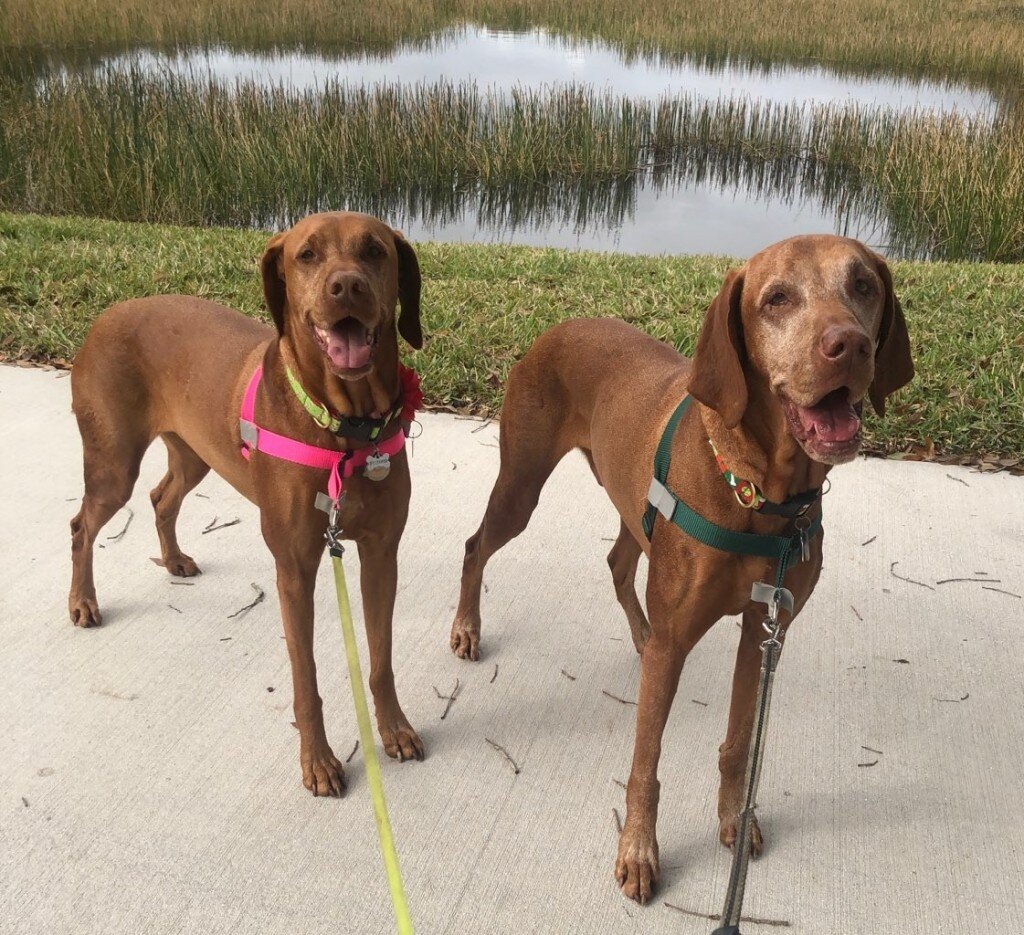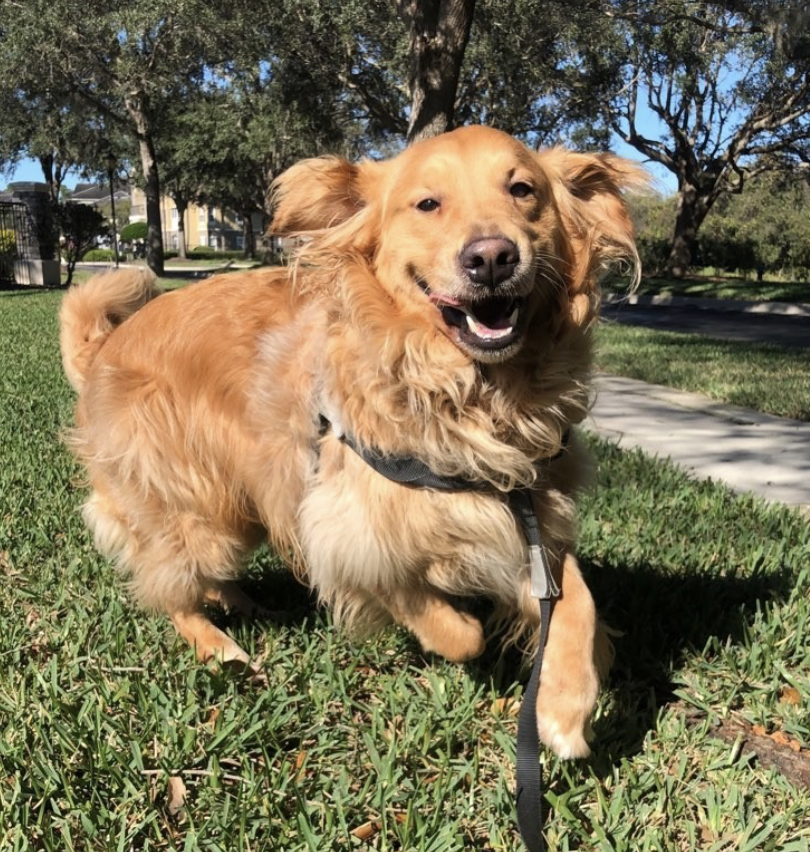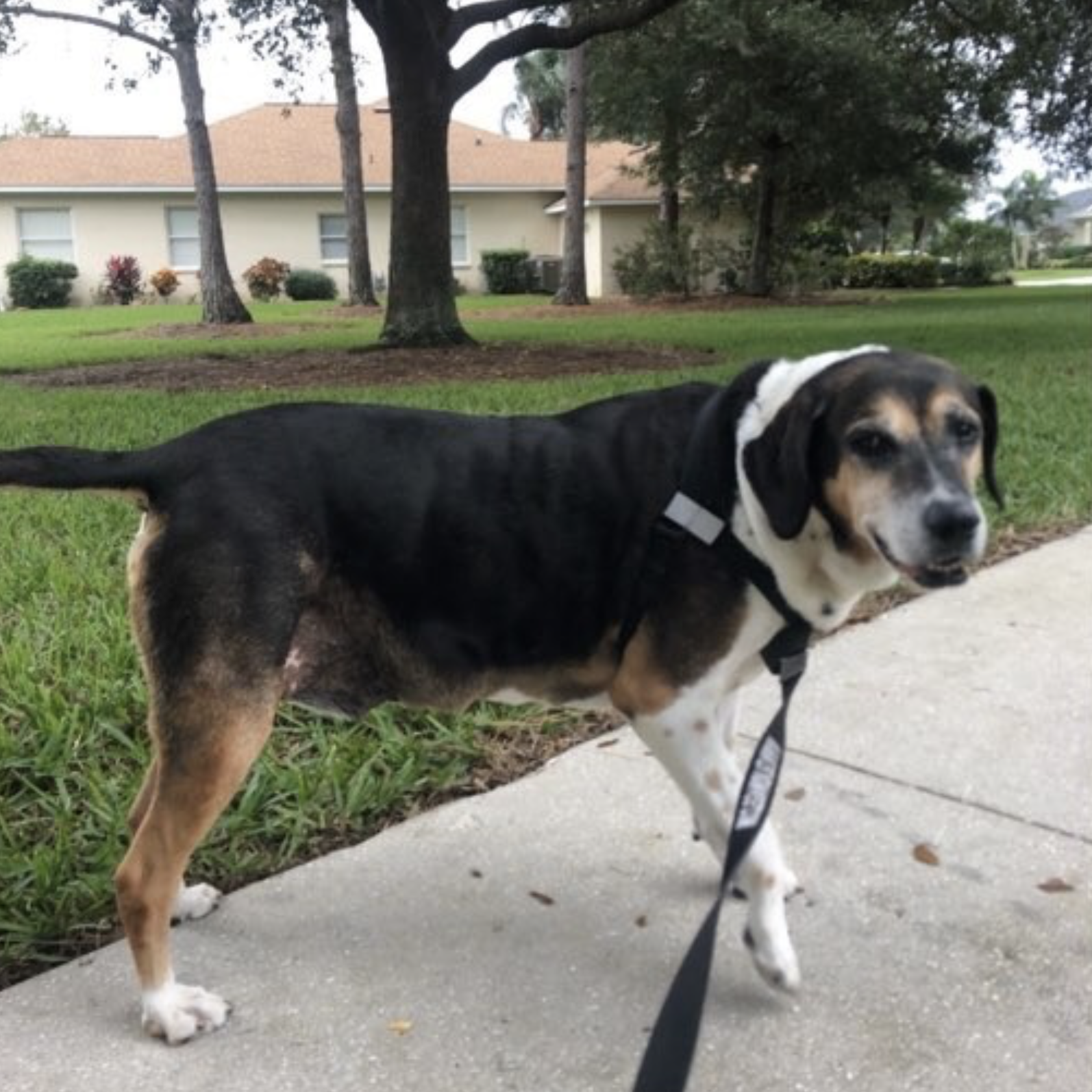How To Check Your Pets for Ticks and Fleas
Keeping your pet healthy and comfortable means being proactive about potential pests like ticks and fleas, especially if they are outdoors often.
Pet-related fleas and ticks are common parasites that live on animals like dogs and cats, feeding on their blood. Fleas can cause itching, skin irritation, and allergic reactions, while ticks are known for transmitting diseases. These tiny parasites can cause big problems if left unnoticed, so knowing how to check your pet regularly is essential.
Supplies:
Tick Remover (left) and Flea Comb (right)
Flea Comb
Tick Remover/Tweezers
Magnifying glass (optional)
Gloves (optional)
Container/Bags (to place tick after removal)
Check Skin:
Ticks often attach themselves firmly to the skin.
Gently feel through your pet’s coat with your fingers, then run a flea comb through your pet’s fur, especially in thick or long areas. Fleas can get trapped in the comb’s teeth, allowing you to remove them. This will not only help you spot them but will also give you a chance to see any signs of irritation.
Fleas: Look for small, deep brown or black specks moving in the fur. You might also see "flea dirt," which are tiny black specks that look like ground pepper.
Ticks: Ticks are larger, often gray, or brown, and can be the size of a sesame seed or larger when engorged with blood. They might be found attached to your pet’s skin, typically around the ears, around their eyes, underarms, bellies, or between the toes.
NexGard is a once monthly chewable supplement that prevents and protects dogs from ticks, fleas and parasites.
Removing Fleas and Ticks:
For Fleas: If you find fleas, use a flea shampoo, or consult your vet about the best flea treatments. You can also use flea medication or collars as a preventive measure.
For Ticks: Use a pair of tweezers or a tick-removal tool to grab the tick close to your pet’s skin and pull it out gently, placing it into a sealed bag/container so that it does not escape. Avoid twisting the tick to prevent leaving parts of the tick behind. Dispose of the tick properly and monitor the bite site for any signs of infection.
After handling ticks, fleas, or anything your pet may have been exposed to, always wash your hands thoroughly with soap and water.
References:
https://www.petmd.com/dog/how-check-dog-ticks
https://www.banfield.com/Wellness-at-banfield/Skin-and-coat-care/How-to-check-for-fleas
What To Do When Your Dog Jumps On You
Knowing how to react to your dog jumping on you is super important because our initial response tends to be the incorrect one. Whether you are the owner of a jumping pup or you have a friend who is trying to break their pooch of a hopping habit, it’s important to know how to react when the pup turns into a jumping bean.
Family of four with all four paws on the floor, waiting patiently for attention
Knowing how to react to your dog jumping on you is super important because our initial response tends to be the incorrect one. Whether you are the owner of a jumping pup or you have a friend who is trying to break their pooch of a hopping habit, it’s important to know how to react when the pup turns into a jumping bean.
Why do dogs jump in the first place? The main reason unwanted jumping occurs is simple: human attention. At some point in your pup’s life, they jumped on a human to catch their attention, and guess what, it worked! They get the attention in many ways, pets, ear scratches, all the things they love the most. So naturally, the dog made the association.
Dog thought: “Jump on human = get attention. I’m always going to jump on humans because I LOVE attention!”
Small, medium, or large, all sizes can learn to keep their paws to themselves
Then as the puppy gets bigger, it is deemed unwanted behavior by the owner, but the dog thinks everything is just fine the way it is because he still receives the attention he’s seeking.
Read on for tips on fixing this problem behavior.
IGNORE
Sweet sibling pups demonstrating “all-four-on-the-floor”
The best thing you can do while a pup is jumping on you is to completely ignore them! As cute as they are when looking up at you, you must resist the urge to pet and talk or give any type of positive attention to them until they have “all-four-on-the-floor”! Do not touch them, talk to them, or even look at them. Stand still, arms folded, staring in the distance. Essentially, become boring. Your calm and quiet energy is vital. If your pup jumps on you while you are sitting, stand up and ignore them.
IMPORTANT! Avoid giving them negative attention, too. A pup, much like some humans, value any type of attention. If you are reprimanding or pushing them off, the result is the same - they got your attention and will continue the behavior.
THE COLD SHOULDER
This rottie gal is the queen of the polite sit
If standing silently without eye contact and interaction is still not working, turn your back to them. A quiet, still, disengaged human is very boring to a dog (insert big dog yawwwwn) and they will eventually lose interest in you or at least calm down enough to stop jumping on you.
Let your guests know that you are training your dog and to please not give them any attention until they are calm. This is hard for humans to do because we’re thinking like a human and think it might be rude to ignore the dog, just as it’s rude to ignore a person, especially when you’re a guest. That’s why giving your guest permission to ignore your dog is so important.
RE-ENTER
In some cases, ignoring them and giving them the cold shoulder may not work if the dog has been conditioned to jump for attention. Take the training to the next level by completely leaving the room or the house when your pup pounces. If he jumps, go out the door. Then, re-enter. If he jumps again, leave through the door again. You might have to do this many, many times before he learns that he’ll receive no attention from anyone that comes through the door if he jumps on them. Consistency and patience will pay off!
GIVE ATTENTION
Not only is it important to know when not to give attention, it is equally important to know when to reward your pup with attention. Once he has all four paws on the floor, preferably in a sit, you can and should give attention immediately to reinforce the wanted behavior. But, be prepared to go back to step 1 if they start to jump again.
Boston siblings showing off how well-mannered they are!
BE CONSISTENT
This type of training is only effective if the owner puts in consistent effort. Everyone in the household, including friends, family members, and even acquaintances and service providers, should be told by the owner the steps to take once your pup starts springing up like a pogo stick. Insist that your pals (and you) follow the protocol, which is to ignore the dog if they jump. Soon your pup won’t be tempted to give an airborne greeting, and you won’t be embarrassed by their behavior.
The Best Dog Harness For Pullers
There are many dog products on the market and with endless options, it can become overwhelming when deciding on what to use to walk your dog, particularly if you have a pup that pulls. As dog walkers, we have experienced just about every product on the market and we are going to share with you our #1 pick, especially if you have a “puller”.
With so many dog walking products on the market, it can be overwhelming when deciding what to use to walk your dog, particularly if you have a pup that pulls. Glad Wags’ dog walkers have hands-on experience using just about every style on the market and we are going to share with you our #1 pick, especially if you have an extreme puller of any size or breed.
Parents of pullers should skip putting anything around their dog’s neck, such as a traditional clip collar, a prong collar, a martingale, or a slip lead. These types of collars are not effective for pullers. More importantly, when a collar of any kind is used on a dog that pulls, the pressure is put onto their throat and over time this may cause serious illnesses, such as a collapsed trachea. This is an irreversible injury and will leave your dog with a harsh, dry cough that will last the rest of their life. A collapsed trachea may also cause labored breathing, fainting, wheezing, and exercise intolerance. This does not make for a fun walk for your dog or the owner. This is why it is so important to have the correct equipment!
A harness is a good option for pullers, and popular amongst many pet parents. But the type of harness is critical. Using a harness where the leash attaches on the back is a mistake. With the hind legs and chest being the strongest part of a dog, attaching the leash to their back will give them endless, uninhibited pulling power. There is a reason sled dogs have their leashes attached to their backs!
So, which harness is the best? Choose a harness where the leash attaches at the chest. This will give you all the control you need to handle your pet during a walk.. no matter what their size or breed! Why? By having the leash attached at the chest it works similar to a horse rein. If the dog pulls forward to the end of the lead, they will automatically be slightly turned left or right depending on which side the leash is on, resulting in them slowing down or even stopping. Many clients have come to us to ask for help to control their extreme puller. We show them how they can walk their dog with one hand using the correct harness. They tell us that they can finally enjoy walking their dog again!
There are plenty of front attaching harnesses on the market, but the easiest to use, due to its simple design and lightweight construction, is the harness made by the company, Walk Your Dog With Love.
Walk Your Dog With Love carries seven different styles of harnesses, yet all of them are designed with simple straps, one clip, and the leash attachment is always at the chest. They offer a variety of colors, embroidery options, and sizes to fit a tiny chihuahua or a hefty St Bernard. Their website provides you with information on their products, how they work, and even contains a video on how to properly fit the harness to your dog. The correct size and fit is critical! It will not work effectively without a proper fit, so we encourage our clients to allow the Glad Wags team to fit the harness on their dog or watch the video provided on the Walk Your Dog With Love website before hitting the sidewalk for their first walk.
Check out the photos below of our happy doggy clients modeling their harnesses while on their walks.
Enjoy walking your dog again and keep them injury-free!









